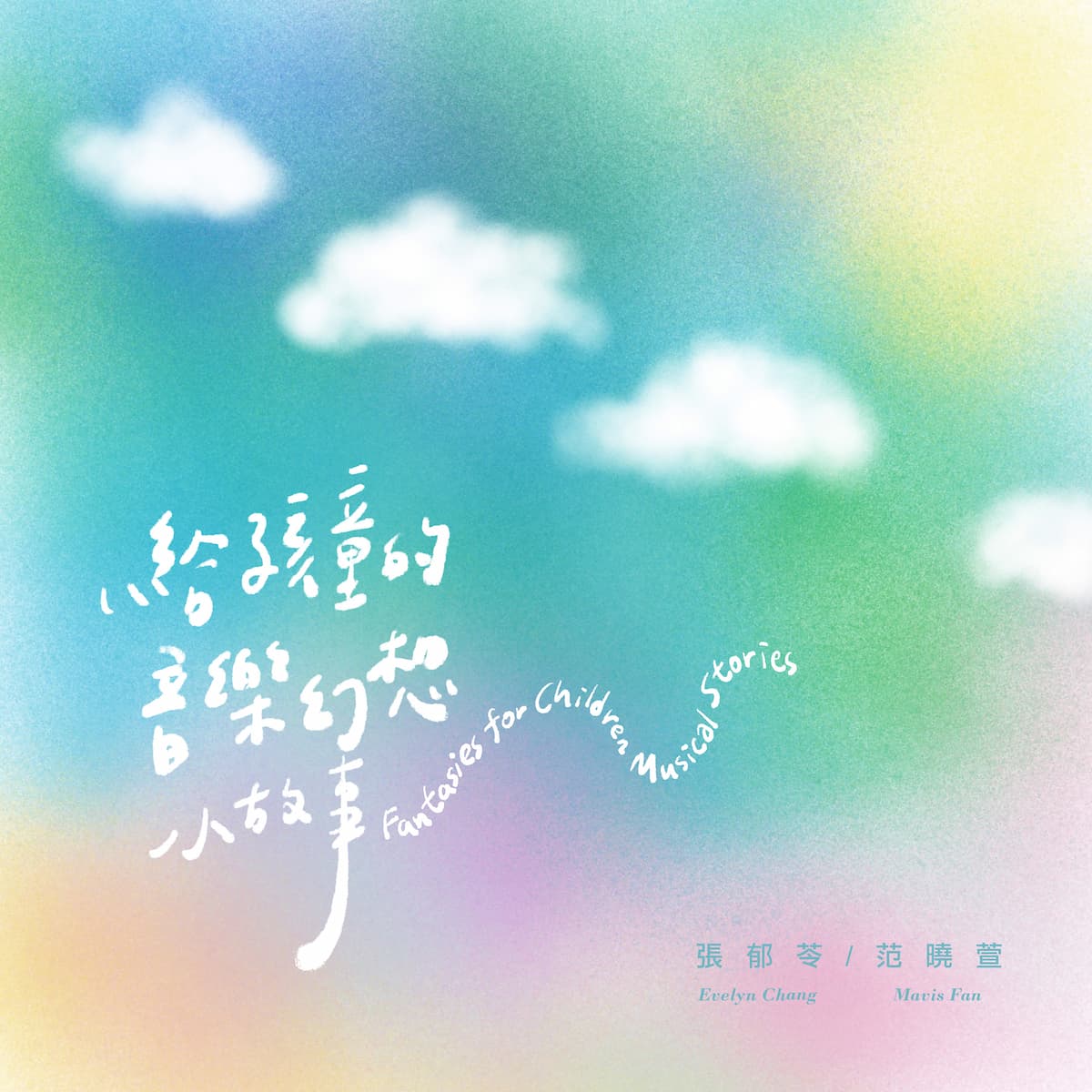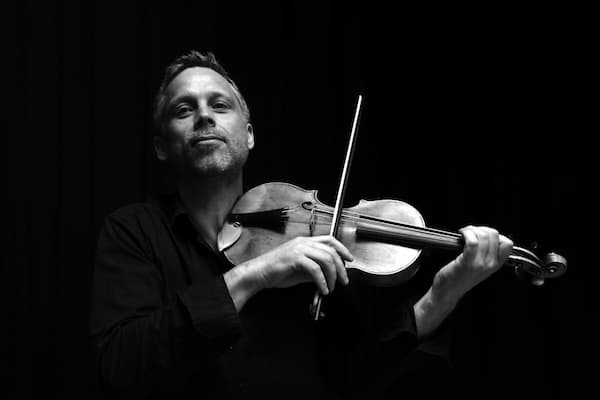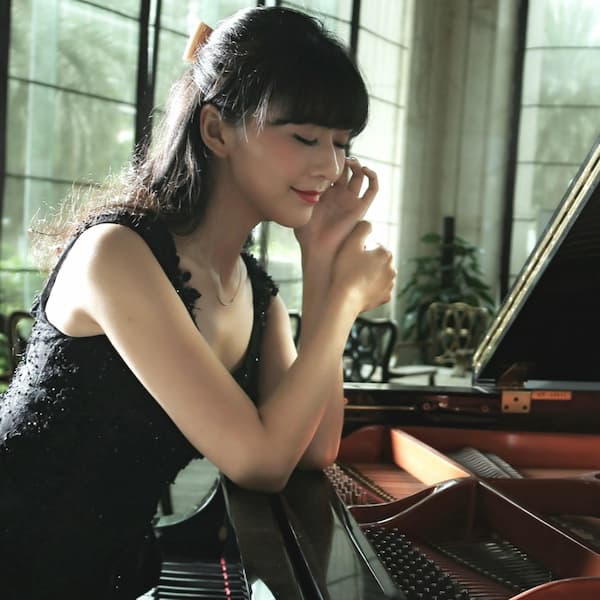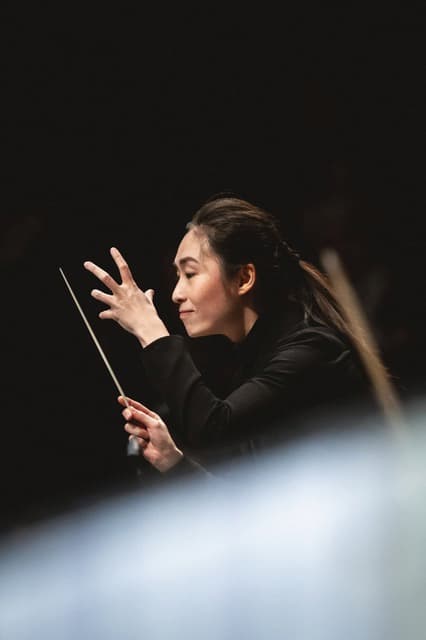Inspired by her two boys, Taiwan pianist Evelyn Chang wrote some little pieces for children. All were based on the animals that they met in their stories or saw in their life and so her collection, Fantasies for Children was born. Published in 2021, the book doesn’t include what one might expect in a set of music for children: explanations or illustrations. For Ms. Chang, the music itself told the story or helped you imagine a story, because there could be many stories to create from the music. Everyone brings their own personal perception, and each listener can create an individual story through listening. The experience is intimate, personal, and free. Images are superfluous. She gives you a title, such as House Sparrow, and the rest is up to you and your imagination.

Evelyn Chang
As she performed the works over the past two years, her audiences had questions: they wanted to know ‘the’ stories behind the music. What was the music about? Ms. Chang often had clear images and storylines in mind so writing them down in words seemed to be the next natural thing to do. Working with her childhood friend, the Taiwanese singer, songwriter, and actress Mavis Fan (范曉萱), the two came up with a way to help people with their questions, they produced the album Fantasies for Children Musical Stories. Ms. Chang said ‘We wanted to share the stories and music to more children. Give them another choice of companion, and also to encourage the experience of being inspired through their own ways of listening, being stimulated by sounds of words and music. The experience prompts you to connect more with your inner self. Perhaps with more of that, one feels less lonely’.

Mavis Fan
The result led them to create their YouTube channel, Evelyn & Mavis. Here, Mavis reads and, more than that, acts out Evelyn’s stories and the pieces become short fantasies in the pianistic sense and short fantasies in the literary sense. Ms. Chang said that the actual writing of the stories took a long time, – not in the story, but in the choice of words and flow of sentences, and in working with Mavis, who had four top-selling records of children’s songs at age 19 at the start of her career, they developed stories where the words and even the sound of the words were deliberately sculpted. One hates to say curated, but this is very much the work the two artists did to perfect the little texts.

Evelyn & Mavis
Told in Mandarin and written in traditional Chinese characters, each story sets the scene for some 20 lovely little piano works based on animal stories. They’re not saccharine-sweet however, and cover animals from Ants to Elephants. You can hear happiness and danger in the music as well as movement.
The House Sparrow story comes from the times that Ms. Chang collected her son at school and his detailed and excited stories of the house sparrows they saw. For her son, each bird was an individual who could be identified and so became character.
Snake starts out with a complaint by the snake about how everyone avoids him or gives him false compliments. He spies a hippo and contemplates eating it but decides it’s too big. A goat is considered next and just when we think all is lost, the snake decides it’s all too much and that it’s nap time. Danger averted!
Other fantasies you might find fun are Turkey whose pompous manner leads him to make a fool of himself and Mosquito, which turns into a story of the small guy taking on the big guy…but you have to decide what happens at the end!
A personal favourite of Ms. Chang is Clown Fish . She says: ‘The story describes the Clown Fish leaving home for the first time which made me think of the first time I left home to study in the UK at 13. The story mentions the excitement and the homesickness of the clown fish which is obvious in the music, too, what the father said to him, and how the mother felt. How he picked himself up with a brave face and took courage to continue his journey on his own. This piece is the last one I wrote of the 20 pieces; it was at that point I felt this was going to be the last of the set. It marks the time I left home and ‘finished’ my childhood. As Fantasies for Children was written for my sons to remember their childhood, Clown Fish is for them to look back on when it is their turn to leave home, perhaps through the musical story they could learn that their mother also once shared the mixed feelings they have when she first left home. Perhaps because of the sharing, they would have more courage to go on their own after learning that I once had the same feeling, that I understand’.
The one fantasy animal is the Phoenix. This comes from the number of Chinese children’s stories of dragons and phoenixes that her sons loved and how they acted them out. The phoenix as a symbol in Chinese literature is thousands of years in its telling and Ms. Chang gives us a phoenix in a bright multi-coloured gown that is so bright that few can actually look upon it. It also asks us about the nature of our fantasies. Are they realizable or must they remain only in our imagination? The story urges us to make our ideas real.
The music for each animal is characteristic without being typical. The house sparrow flits and seems to be in constant motion. The snake writhes and wiggles then stops to consider his various dining choices, and the music comes to a climax before wiggling on.

Fantasies for Children Musical Stories
The challenges of putting the stories into audio became one not only of words but of what words. Ms. Chang told of the months of work and rewriting that it took to get the sounds right. To get the voices right. To get the timing right. Even in the middle of telling a tale, when there’s a switch in character from narrator to animal voice, there are sounds in the mouth that can become distracting. The awareness of the sounds one will produce before speaking becomes hyper-awareness. It’s all part of the learning curve of different technologies. As an understatement, ‘post-production…was very tedious and time-consuming’.
In an interview Ms. Chang did with Interlude.hk two years ago after her Fantasies for Children score was published, she spoke about what she learned as a composer. In transforming the sound in her mind to the notes on the page, she often found that there were gaps in moving from one medium to another. This made her think of other composers and how they completed the works they are famous for – from the outside it all looks so easy, but from the inside, there’s a lot of work to write and refine her ideas. She said after rounds of revisions, sometimes the hardest thing was deciding when to stop writing.
We talked about the audience for these videos: they are written in traditional Chinese characters (as is used in Hong Kong and Taiwan) and read in Mandarin (more used in Taiwan). In addition to their local audiences, the videos also have been placed on YouTube for use by children and students without resources.
In looking at how to share these stories and this music with children of all backgrounds, they had the idea of using it in children’s wards in hospitals, in children’s homes, and so on to help stimulate children who may be in very difficult life situations. So far, some hospitals in Taiwan have used this free resource to benefit their patients – the children can use their imaginations to construct their visions of sparrows and phoenixes.
We noted that after only a month on YouTube, the videos already have thousands of viewers. Ms. Chang explained that Mavis has a huge fan base that has been following her since her teenage debut. Those fans have their own children now and have actively taken up Evelyn and Mavis’ channel.
The stories are simple – with adroit use of the camera function on Google Translate and the pause key you can translate the stories into your local language – and then listen to some really interesting musical fantasies. Engage your imagination and let your inner animals free.
Here is the link to listening to the album on other digital platforms.
For more of the best in classical music, sign up for our E-Newsletter




